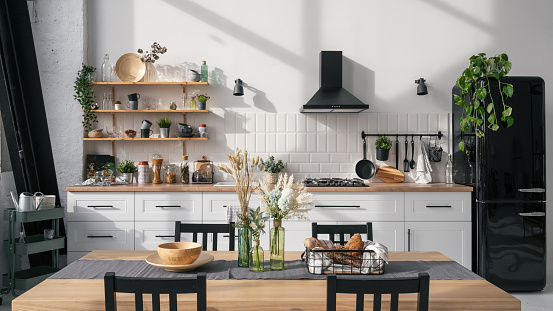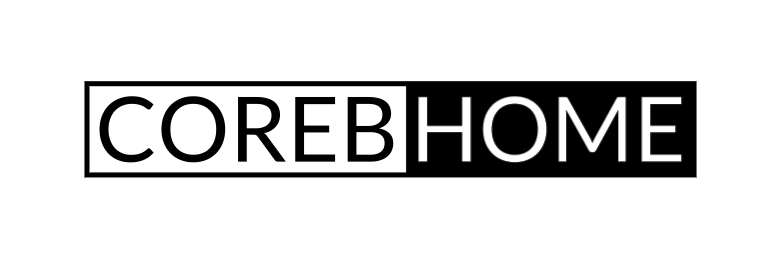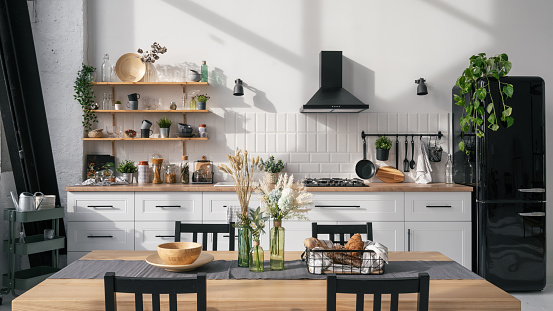In the realm of home decor, the kitchen stands as an epitome of functional aesthetics, where form seamlessly marries function. Beyond being a space for culinary creations, a well-designed and thoughtfully decorated kitchen is a reflection of one’s taste, lifestyle, and appreciation for the artistry that transcends the mundane. This article delves into the intricate world of kitchen design and decoration, unraveling the secrets behind creating a space that harmonizes practicality with sophistication.
The Fusion of Form and Function
The heart of every home, the kitchen, is no longer just a utilitarian space; it has evolved into a hub for social gatherings and culinary experimentation. The design philosophy now emphasizes the marriage of form and function. This entails a meticulous consideration of layout, storage, and the seamless integration of cutting-edge appliances.
The contemporary kitchen often adopts an open-concept design, blurring the boundaries between cooking and living spaces. This not only enhances the visual appeal but also fosters a sense of connectivity, making it an ideal space for both family interactions and entertaining guests.
Spatial Harmony and Ergonomics
The foundation of a well-designed kitchen lies in spatial harmony and ergonomic considerations. The layout should prioritize efficiency, with the classic work triangle—connecting the stove, refrigerator, and sink—still serving as a guiding principle. However, modern designs go beyond the conventional, embracing innovative layouts that accommodate the evolving dynamics of contemporary lifestyles.
Ergonomics plays a pivotal role in kitchen design, ensuring that every element is easily accessible and functional. From the height of countertops to the placement of appliances, every detail is meticulously planned to enhance the overall cooking experience while reducing strain.
Materials and Finishes
Selecting the right materials and finishes is crucial in elevating the aesthetic appeal of a kitchen. The interplay of textures, colors, and finishes contributes to the overall ambiance. The use of natural materials, such as granite, marble, and wood, not only adds a touch of luxury but also introduces warmth to the space.
In contemporary kitchens, there is a growing trend towards the use of sustainable and eco-friendly materials. Cabinets made from reclaimed wood, recycled glass countertops, and energy-efficient appliances exemplify the fusion of style and environmental consciousness.
Lighting as a Design Element
Lighting is a powerful design element that can transform the ambiance of a kitchen. Beyond the functional aspects of providing adequate illumination for food preparation, lighting fixtures serve as statement pieces that accentuate the overall design. Pendant lights over the kitchen island, under-cabinet lighting for task areas, and recessed lighting strategically placed to highlight specific features contribute to a layered and inviting atmosphere.
Personalized Touches and Decor
The true essence of a well-decorated kitchen lies in the personalized touches that make it uniquely yours. Decorative elements, such as artwork, plants, and carefully curated accessories, infuse character and charm. Open shelving provides an opportunity to showcase your favorite dishes or collection of cookbooks, turning functional storage into a visual feast.
The incorporation of statement backsplashes, whether using mosaic tiles, bold patterns, or textured materials, adds a focal point to the kitchen. This design element not only protects the walls from splatters but also introduces an artistic dimension to the space.
Technological Integration
In the digital age, technology has become an integral part of kitchen design. Smart appliances, touch-activated faucets, and integrated digital interfaces offer convenience and efficiency. These technological innovations are seamlessly integrated into the design, ensuring a cohesive and sophisticated look.
The Future of Kitchen Design
As design trends continue to evolve, the future of kitchen design holds exciting possibilities. The rise of sustainable practices, the integration of artificial intelligence for enhanced functionality, and the exploration of unconventional materials are all contributing to a dynamic and ever-evolving landscape.
Conclusion
In the realm of home decor, the kitchen stands as a canvas where functionality meets artistry. A well-designed and decorated kitchen transcends its utilitarian purpose, becoming a testament to the homeowner’s style and appreciation for the finer things in life. As we continue to innovate and push the boundaries of design, the kitchen remains a space where culinary prowess and aesthetic sensibilities coalesce, creating an environment that is as inviting as it is inspiring.










No Comment